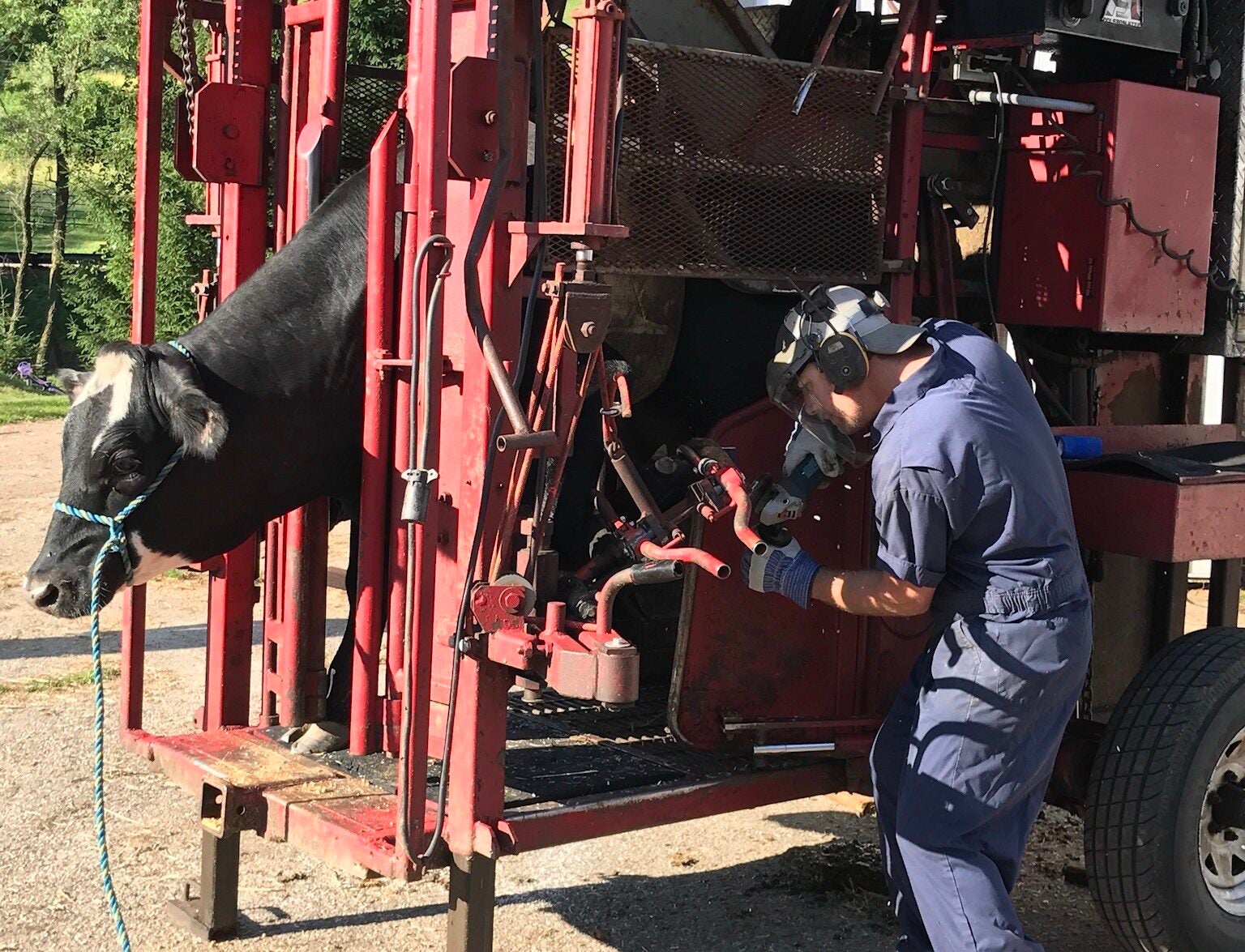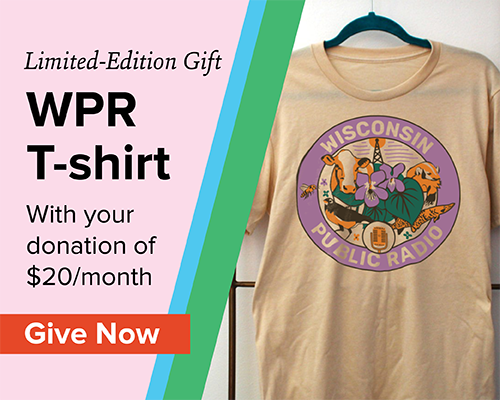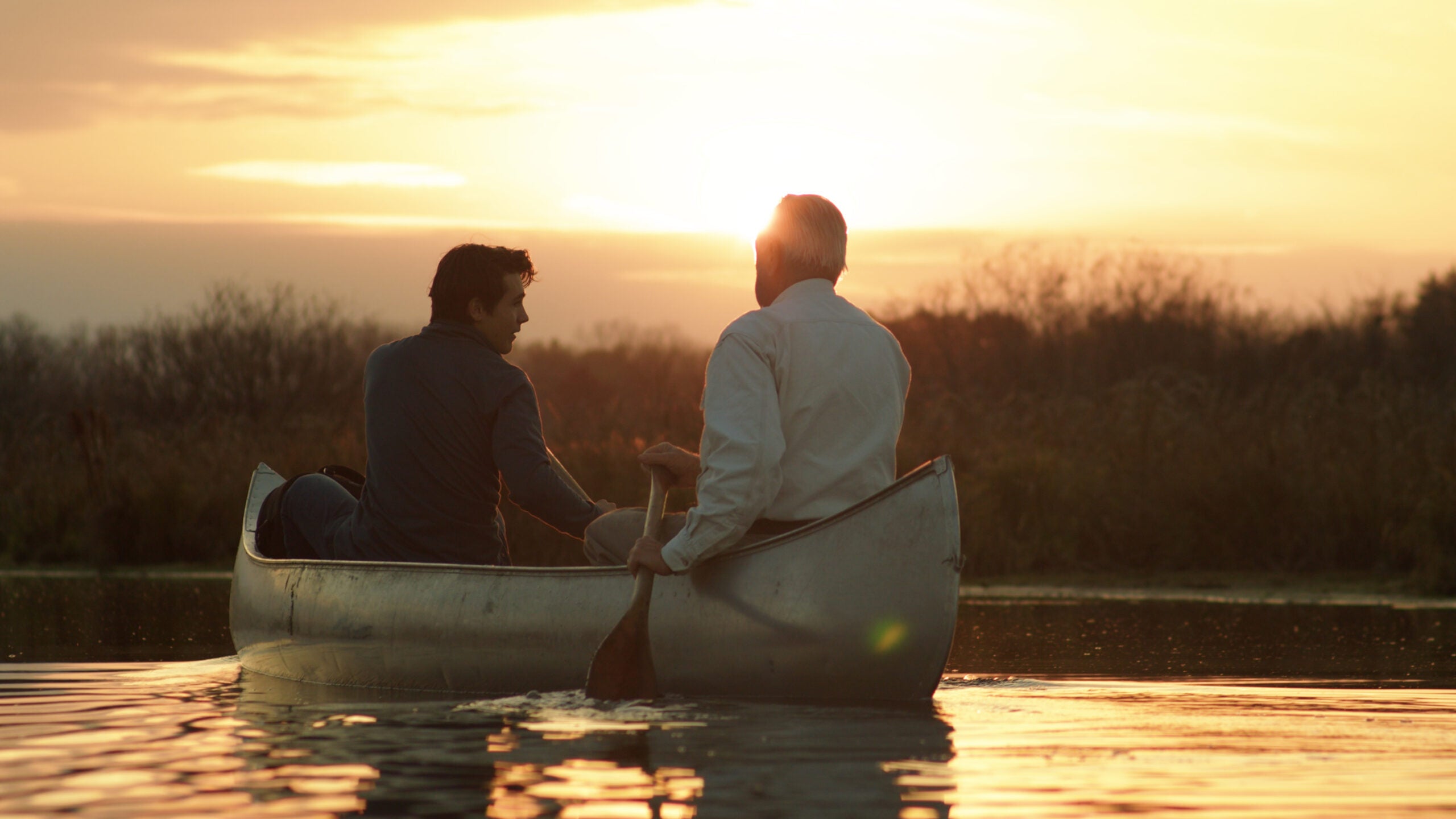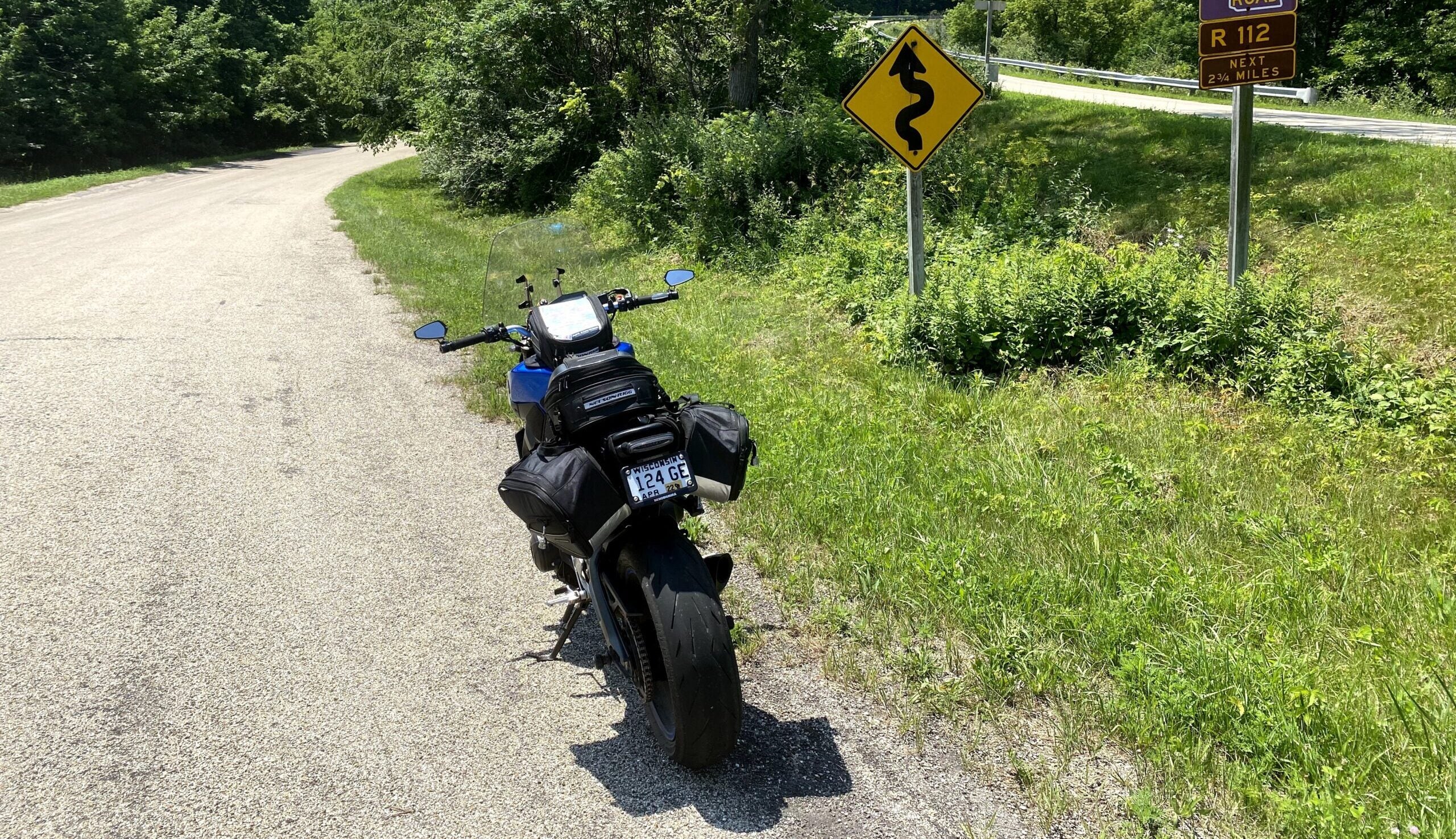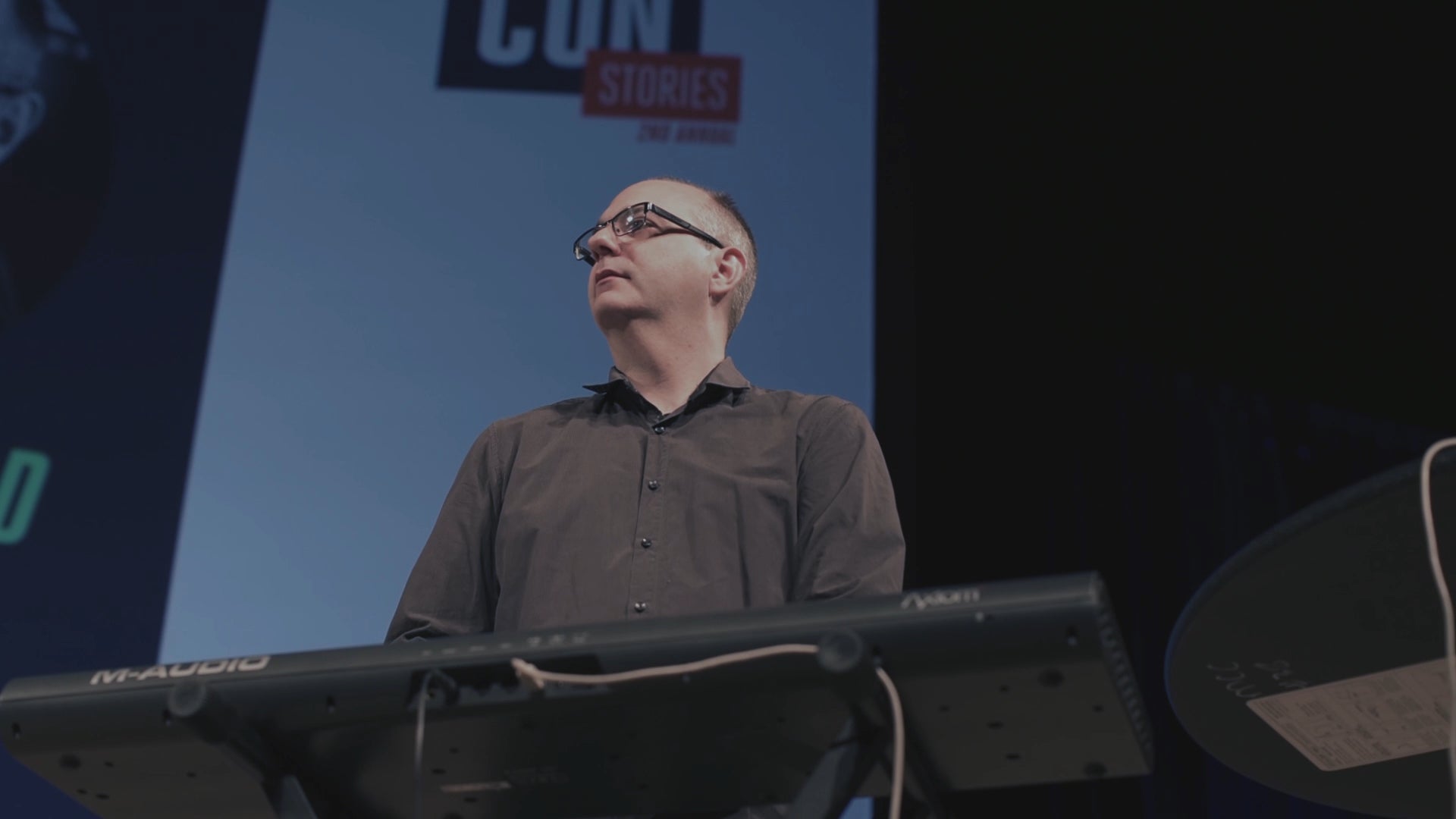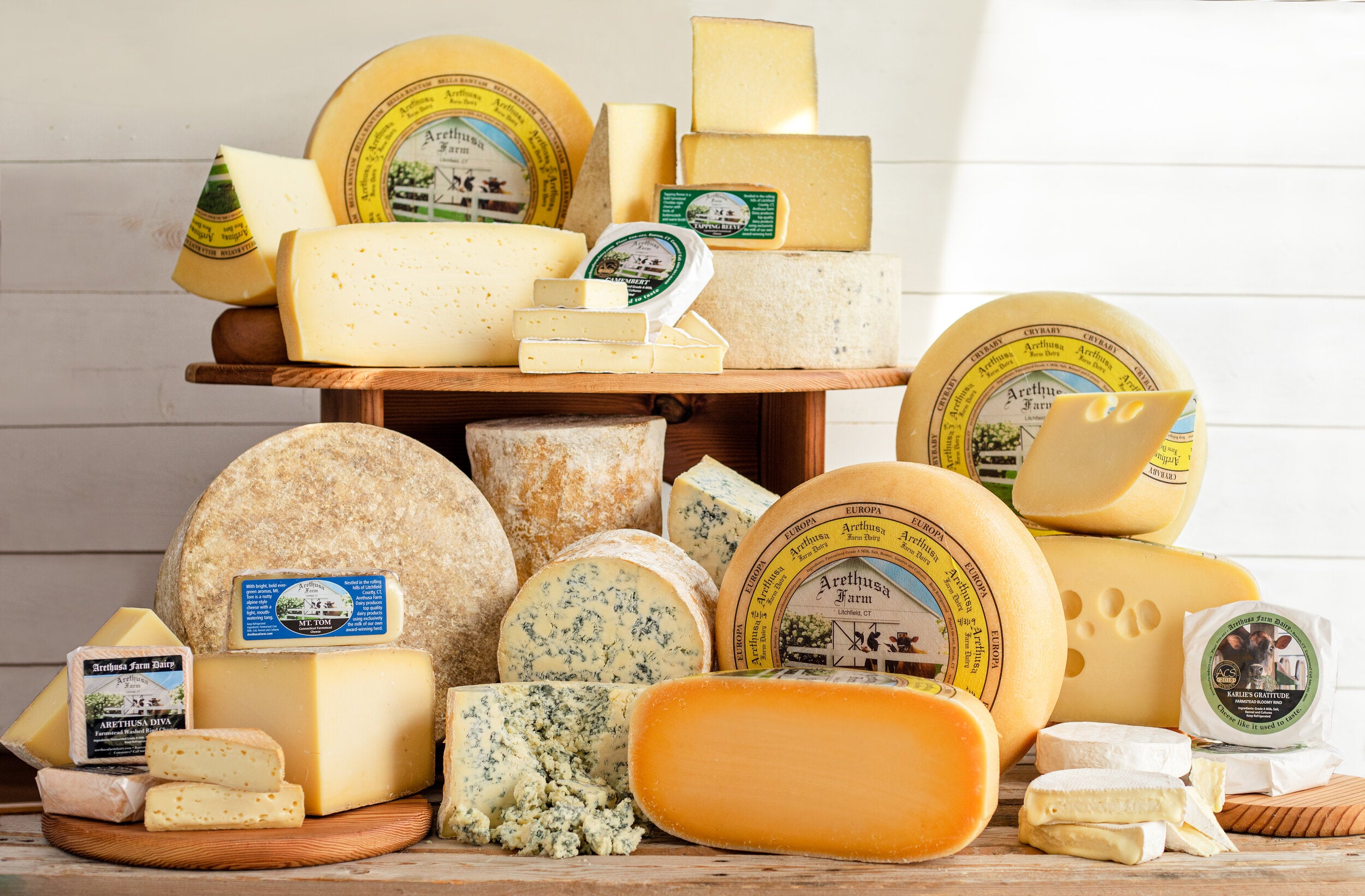For more than 20 years, Nate Ranallo has been working as a bovine podiatrist, trimming cow hooves at dairy farms in west-central Wisconsin. Unlike most in the trade, though, he has millions of spectators.
Cow hoof trimming videos have become incredibly popular among certain internet audiences, and Ranallo is one of the most successful creators in the genre, living and working right here in America’s Dairyland.
He makes videos under the name “Nate the Hoof Guy” and has more than a million followers on each of his Facebook, YouTube and TikTok accounts. Two of his most popular TikTok videos have more than 150 million views combined.
Stay informed on the latest news
Sign up for WPR’s email newsletter.
When he started posting videos in 2020, he had no idea they would spread so far beyond the dairy industry.
“Little did I know that it wouldn’t be just farmers watching this, but it would be many more people,” Ranallo said. “It kind of exploded on me.”
Ranallo joined WPR’s “Wisconsin Today” to discuss his life as a bovine podiatrist, his inspiration for posting on social media and his unexpected internet fame.
This interview has been edited for brevity and clarity.
Rob Ferrett: How did you get into this career?
Nate Ranallo: I always wanted to have my own business, and I grew up in the (agriculture) industry. So while I was going to college, one of my jobs on a dairy farm happened to be helping their hoof trimmer. … It gave me the opportunity to see what this job was like. Wanting to own my own business, it seemed like a perfect fit. So, when I graduated college, I trained with him.
RF: If I’m understanding this correctly, a cow might need work on its hoof if there’s some problem, but this is also routine maintenance, right?
NF: Absolutely. … Out on grass, hooves will naturally shed away.
But because cows are inside on concrete a lot now — more than they ever were in the past — the hoof doesn’t shed away naturally like it is supposed to. So, we have to trim them to keep them at the correct toe length and angles. That way the bones inside the foot work the way they’re supposed to, and that prevents a lot of the problems that we deal with.
RF: Your videos can get a little gnarly-looking, but you are clear: This doesn’t hurt the cow. This is not something with nerves in it, right?
NR: Exactly. It’s much like our fingernails. The analogy I like to use is: The hard hoof part that they walk on is like a boot that we would wear. We wouldn’t ever feel it if we were taking a rock out of the sole of our boot.
The lesions inside those claws are obviously painful. That’s why that cow may show signs of lameness. But if you work carefully around that area, you can prevent and eliminate a lot of discomfort.
RF: What inspired you to start making and sharing videos of you at work?
NR: I happened to come across a video online one time. It was a cow getting her hooves trimmed. People thought that it was some type of torture. This cow was just getting her feet trimmed, but the chute that she was in looked uncomfortable. So, people jump to conclusions.
I wanted to be able to offer my own insight on these different problems — why they happen, what trimming actually is and why we do it.
RF: Did you have any experience with technology and producing videos before this?
NF: No, I had no knowledge. Maybe a year prior to that I was still using a flip phone. I had never edited a single piece of footage in my life. So my early videos are a little rough around the edges, you might say. But I was able to learn over time and figure out what I needed to do, how to trim those videos down to make them more pleasing to the eye.
RF: Do you know why people like watching your hoof trimming videos?
NR: At first I thought it would be as an educational source. But really, there’s all sorts of different (reasons): the uniqueness of the craft and not even knowing that the profession existed. To some, it’s therapeutic watching it. They enjoy listening to my voice explain what’s happening. A lot of these things just became routine (for viewers). Something that they did every day was watch these videos to help them calm down.
One of the things that held me back from creating videos earlier was my insecurities around my voice, but that seems to be one of the things that they really enjoy.
RF: Do you get the same satisfaction from doing the job as your viewers get from watching?
NR: For sure. That’s the most rewarding thing, being able to see how uncomfortable that cow is when she comes in with whatever that problem might be. And then usually immediately following the treatment itself you can see improvement.
You know that even though they may not be able to talk to us, they can appreciate the relief that comes from that.
Wisconsin Public Radio, © Copyright 2025, Board of Regents of the University of Wisconsin System and Wisconsin Educational Communications Board.

